Introduction
Today, we’re going to take a look at my latest submission to William Crowe, the stamp expertiser. Crowe has been authenticating my stamps for the past four or five years. I use him a lot when I’m trying to get things identified for their authenticity and soundness, but not necessarily for grading. He does offer grading services, and I appreciate his grading; however, I usually choose PSE for grading, just because they are connected directly to the SMQ value list, which is accepted in a lot of auction settings. I feel that those graded stamps will more likely align with SMQ values.
Grading Stamps and Personal Opinions
I’ve always said that graded stamps are just the opinion of the expertiser. Sometimes you’ll see graded stamps that don’t look as well-centered as they are graded. I think there are ways that the human eye looks at symmetry, balance, colors, and design, which can affect how we perceive the centering. On the other hand, when they measure the stamp, they do it at a microscopic level, so they are probably more accurate than our flawed human vision. However, just because a stamp is graded high doesn’t necessarily mean you will like its appeal. It’s all subjective, but I do believe that well-centered, balanced, and sound stamps, which everyone can agree on, will definitely hold their value more over time.
Why I Choose Bill Crowe
I also like Bill Crowe because he’s a bit cheaper than other stamp expertising services, and he tends to have a faster turnaround. Sometimes he does get backed up and takes longer than expected, but I’m pretty satisfied with the results of his findings when I send stamps to him. Crowe was also one of the main stamp expertisers at PSE in the past, so he has the qualifications and experience to certify stamps on his own. I’ve seen some of his certified stamps come up in auctions, where auction houses hold his certificate with enough value and authority to mention it in their auction and include his certificates.
Reviewing My Recent Submissions
You can see I have quite a few certificates here to go over. I’m going to show you these and do something a little different this time that I didn’t do in my last certificate unboxing. I’ll also show you the actual stamp itself that came back, and I’ll post the catalog value on the screen for you to see as I go through these, just in case you’re curious to know the value of these stamps coming back in this condition. I’ll be able to show you the stamp as well, so you can see some of the details of the actual stamp.
Tools for Handling Stamps
I highly recommend using these little stamp tongs or tweezers. I prefer these long, narrow ones over the large flathead ones you often see. These are much smaller and more precise. You need to be careful, as they are a little sharp at the ends, but you’re able to grab a stamp fairly quickly with precision on where you want to grab it. You can also tell that because of the small tips, they don’t intrude on the stamp design as much as larger stamp tongs, which can cover up a large portion of the stamp. That’s why I like these as well. I’ll go ahead and put a link to these in the description if you’re interested in getting some of these stamp tongs for yourself.
Detailed Stamp Reviews
Scott #22
First up, we have Scott #22, type three. This is the same design that you would find on a Scott 8a, which is the imperforate version of the same design. This one came back with a blue manuscript cancellation at the right center. I’m not sure if it’s this mark here or perhaps there’s a horizontal one going across. Let’s take a look at the stamp. So here you can see, I’m not really seeing that horizontal line I was pointing out on the cert. That might’ve just been from the scanning, but you can see that blue mark there, which must be the pen cancellation. It almost looks like a scratch in the plate because it’s blue. But it’s still nice and almost looks like an unused stamp. Phase three cancel, Scott 22, and there are no faults mentioned here on this cert.
Scott #23
Next, we have Scott #23, type four. Also noted on here is the position 49 left, one left, recut once at the top and once at the bottom. This one has the same design that you’ll find in Scott #9, the type four. In this case, it was noted that it was cut at the top and bottom. I’m not too sure how he saw the bottom of the frame line, as I can’t see it, but you see a clear recut at the top frame line here, where the line is a lot darker. So that is consistent with a type four variety of this stamp. Here we go, and here is the actual stamp.
Scott #27
Here we have Scott #27. The cert says that it’s genuine with black town cancels. The stamp has a tear at the top and irregular perforations, including shortened and pulled perfs at the left, top, and right. So pretty much a lot of perf faults, but still, it is a genuine brick red color. Let’s see what that looks like. The actual stamp here, now Bill Crowe—well, a lot of the stamp holders I get back from him are pretty dirty. I can’t really use them for scanning because they have all these little bits and pieces of paper in there. He works with stamps so much that his office is probably just covered in paper dust and little paper particles of stamps floating around everywhere. Just pointing that out; that’s what all of this debris is in here. Pretty typical when I get those back from Bill. So here’s a nice view, a close-up of that brick red. Brick red is a lot warmer compared to the red-brown version of this stamp. It does mention that small tear. I think you can see that a little bit in the light here, right there on the top edge of the stamp.
Scott #85B
Next, we have Scott #85B, the Z grill on the 2 cent. This is a genuine Z grill example. It’s got a blue cork cancel at the bottom, a small diagonal crease at the top left, a small corner crease at the top, a short perf at the right center, and a light red stain at the bottom. I don’t know how you would tell the light red stain versus maybe part of a cancel, but it’s noted on the certificate just to be accurate. Nice light cancel on this, almost face-free. It almost looks unused, so not a very heavy, distracting cancel on this one. Genuine Z grill. Here’s the actual stamp. Let’s take a look at it. This one’s got a nice grill, a nice strong grill on this one. It mentioned those small creases at the top left. I’m not really seeing that, but I am seeing the small corner crease at the top right. It is very faint, not really distracting on the front. There is a somewhat presentable Z grill.
Scott #88
Next up, we have an E grill. This is Scott #88. This one is genuinely used with a block double-circle St. Lawrence, Wisconsin, cancel. What I like about this one is just how well-centered it is. You can see that it has a really nice cancel strike on there. St. Lawrence, Wisconsin, cancel, really big jumbo margins on this one. That nice cancel is also noted as being sound, with no faults.
Scott #143
Next, we have Scott #143. This is the 30-cent H grill in the large banknote series. The cert says that it is genuine, used with a black cork cancel. The stamp has a small tear and diagonal crease at the right center. Large banknote grills are another issue that I always send in for certification, especially the 6-cent onward, just because the grills are easily faked. I want to make sure that the buyer is confident that what they’re buying is authentic when you get into these more rare, expensive stamps. So this one is a genuine grill. You can see that on the back if you angle it in the light a bit. There is the grill on this guy. It mentions a diagonal crease at the center, which I see a bit right here. Just a small crease, super faint. It doesn’t really traverse the whole of the stamp, just maybe about four millimeters on the left. It does mention there is a small tear at the right; there it is. I would say that’s a one-millimeter tear right here. Not too bad, but again, this is a more scarce stamp missing from most people’s collections, especially with a certificate of authenticity.
Scott #242
Next up, we have Scott #242. This is the $2 Columbian. I thought this one was decently centered. It is genuine, with original gum, previously hinged. So we have a sound, what I would call very fine, Columbian. It says previously hinged, but I’m having a hard time seeing a hinge on this. It looks never hinged to me. That’s probably why I sent this one in. If it is previously hinged, it is ultra-light. This thing looks never hinged in my opinion, and it’s got great color. It’s well-centered as well for this issue. Nice, sound, and look at that gum. It looks never hinged. Maybe a tiny previous hinge mark. Otherwise, nice color, nice impression. Sound Columbian stamp.
Scott #396
Next, we have Scott #396. This is a flat plate coil. This one came back as original gum, never hinged, authentic,
and sound. This is the perforated 8½ with the watermark 190 on it. Again, flat plate on here. I always send in flat plate coils to get certified because there are so many fakes of these in the marketplace, especially the ones with a catalog value of $50 or more. If you’re collecting, always make sure to get a certificate of authenticity when you’re buying the more expensive coils from the Washington-Franklin issues, especially the flat plates that can easily be faked or are often faked. But this one is nice. Even here in hearing the cert, you can see that it’s got this feathered edge here at the top. Nice soft edge. And the bottom edge isn’t as hard as well. This nice soft edge at the top is a helpful indicator that it might be authentic. The sides of the coils were often handled or stored in a way where they softened the edges of those stamps over time, versus ones that were cut to look like the coils, which have really sharp, crisp cuts on them. They never were in a roll, so they never got that natural wear on them. So that’s one indicator; it doesn’t necessarily mean that it is authentic because it has a soft edge like that, but usually, when I see a soft edge, I’ll definitely send it in for a certificate. Let’s see if I can show you that soft edge up close here on this guy. There’s a good view. You can see that soft, soft edge there on top of the stamp. The stamp is also very well-centered. I’d call that very fine, maybe very fine to extremely fine. Not sure I would get it graded. It probably leans more towards very fine. This margin here is a lot larger width than the space between the perforation holes and the design on the left is much smaller than the space we have here on the right. So it’s still a never hinged, genuine example of the 396.
Scott #446
Next up, we have Scott #446, a coil pair. This is the 4-cent perf 10. Another flat plate issue that I would strongly suggest getting certified if you’re going to be purchasing one of these, just because there are so many fakes out there. Let’s take a look at this one a little closer. So previously hinged, I wouldn’t call that lightly hinged because there is quite a bit of gum disturbance where the hinges used to be attached. But that’s basically what previously hinged means—that there used to be some sort of paper on the back of the stamp or a mount that likely stuck it into an album and now that’s been removed. So the gum is disturbed, whereas hinged would mean that the hinge is still attached to the backside of the stamp. So it’s been carefully removed on here. It has not damaged this stamp in any way, or else it would have been noted on the certificate. It is completely sound, with very fine centering, I would say, for a pair. There’s a better close-up. I’m getting a little better with the zoom and close-ups here as we move along, so thanks for bearing with me. That’s a nice-looking genuine coil pair. Let’s take a look at what’s next.
Scott #447
Next, we have Scott #447. So this is the next one in line with the 446 we just looked at. This is another coil pair; however, this one has never been hinged, which means that the gum has remained undisturbed on the back. It is a genuine coil. I would say that’s fine centering. The top margin is a lot larger, although the designs are still within the boundaries of the stamps. So I would call that fine. Here we have that nice 447 pair, and it has perfect, never hinged gum. You can see there’s no hinge mark or any kind of imperfection in that gum. It’s as fresh as the day it was printed.
Scott #447 (Used)
Next up, we have another Scott #447. This one is a used pair, which makes it more interesting. A lot of times, genuinely used coil pairs can be worth more than the mint versions or the mint examples of them just because they are harder to find in sound condition after being used. Especially an example like this, where you have the right tab connected to the stamp. This is a pay stub tab, where they would take the strip—they’re in strips of 10 or 20—and paste it to the next strip to create a long leader to make a longer strip that could be wound up into the coil roll. So this one still has the tab attached, which makes it more desirable, especially for those who specialize in the Washington-Franklin issues. This one has a nice light cancel on it. It’s genuine and sound. Again, these are faked a lot, the flat plates, so the fact that this one is genuine, sound, and used, and the cancel is light, really makes this one desirable for people who collect in this area. Here’s a look at that so you can see the tab still attached there at the right. Nice and sound. No thins in this, no creases. Harder to do when it’s been used. Some of these used examples can fetch more money than the mint ones.
Scott #450
Next, we have Scott #450. This one is a vertical pair, a joint line pair, so this one has the little line that you see here going in between the stamps. That’s a joint line pair. These are more desirable and have a higher catalog value with that line being there. This one’s nice. It’s never been hinged, so it has fresh gum on it. This is going to be the type three example of the 2-cent. This one has the little extra line in the ribbon. That’s the easiest way to tell a type three versus a type one or type two. You can see this one has good gum. That little line streak that you see there in the gum is what we would call a gum skip. Gum skips don’t generally affect the value of the stamp unless they’re very severe. In this case, I would say this is normal, so I wouldn’t think it would affect the value very much on this one.
Scott #452
Next, we have Scott #452. This is another joint line pair, but this time it’s a horizontal pair. The stamps are running horizontally versus vertically. This one came back as genuine, with original gum, and previously hinged. So let’s take a look at this guy. Let’s see if I can hold it there. I’m not seeing the previous hinge on this. Man, if it’s—oh, there it is, in the very center. It is so tiny. Man, this almost looks never hinged, but it’s super, extremely light hinged on this one. Genuine and sound, we’ll take that. Lightly hinged stamps usually bring more value than those that have been heavily hinged because collectors like there to be as little disturbance to the gum as possible. Usually, lightly hinged stamps are noted as such, and they will go for a little bit more money than the ones that aren’t. The rotary versions of this design are going to be a little bit wider than the flat plate for the horizontal coils, and for the vertical coils, those are going to be a little bit taller.
Scott #453
Next up is Scott #453. This is the next in line from the stamp we just looked at, the 452. Also, this one’s rotary press. The design here at the top, when measuring the top and bottom, is going to be a bit wider than the flat plate. This one is type one, missing that little notch here in the ribbon at the bottom. The line across the collar is pretty weak, sometimes even non-existent. That’s how you tell it’s a type one. This one is genuine, unused, with original gum, previously hinged, and the right stamp has a tiny scuff on the left frame line. That’s probably this right here, this little scuff that you see. It’s a little missing piece. Let’s take a look at that. Sometimes there are natural occurrences where a bit of debris or dust on the plate during printing is removed during the printing process or over time. That would cause a bit of a bare spot in the ink on some stamps, and that’s completely a natural process. But this one was noted as a scuff, so that means some sort of damage to the surface of the stamp that removed the ink instead of it being a natural process. This one is previously hinged. That’s a nice light hinge on that, I would call it. Again, this one has some gum skips going on, although I don’t think that would affect the value as much as that little scuff does on the right stamp.
Scott #456
Next, we have Scott #456, another rotary press coil. This one is a single, not a pair. The 456 is the violet type one. Here’s a close-up of the 456. This one is with original gum and hinged. This is one of the more valuable, scarce denominations in the rotary press coils. Getting one of these is nice. You don’t often run into a lot of fakes when it comes to the rotary coils, so certificates aren’t always needed when buying and selling these. I like to get them, though, just because a lot of collectors are skeptical of any coil that’s floating around out there that it might be faked. It’s more difficult to fake a rotary press coil; really, the only ones that you can maybe do that from are the coil waste issues. Even then, there’s usually rarely enough room around the perforations of those to make it look like a genuine coil. So I know a lot of advanced collectors feel confident in buying rotary press coils without having a certificate, although the cert will help in determining if it’s a sound example or not.
Scott #457
Next up is Scott #457. This is the 4-cent of the same set that we’ve been running through here
. It’s a joint line pair, with the line in between the stamps that you see here in the middle. This is a never-hinged, sound example. The joint line pairs definitely go for more money than the regular pairs. Nice and sound, never hinged. I would call that grade maybe fine.
Scott #458
Next is Scott #458. This is another joint line pair. This one is also original gum, never hinged. The 458 is single-line watermarked versus the other issue of the same design and perforations on the rotary press, which are going to be unwatermarked. So this has that watermark imprinted into the paper. It is basically how you can identify this one. Again, I would call that fine centering.
Scott #487
Next is Scott #487. This is type two. This is the vertical pair, a joint line pair. You can see the line in between on this one, but this time the coil is going up and down. This one is genuine, sound, and type two. Type two is going to be similar to type one, except that it will have a little tiny mark here next to the ear, a little straight line where it was engraved, and it will also have a stronger line above the neck. Here is the 487 joint line pair, type two, never hinged. Nice, undisturbed, never hinged gum on that.
Scott #500
Next, we have Scott #500. Scott #500 is type 1A. This design looks like type one, except that all the lines are a lot stronger on it, and the 1A only comes on the flat plate. This one is genuine and never hinged. Let’s see if we can see those stronger lines here on it. The lines are a lot stronger, almost resembling type two, but it’s a flat plate, and you can definitely see the strength of the lines in the hair, especially—they are a lot thicker on type 1A. Nice, never-hinged example of that. See that little dot up there at the top? That’s a little gum skip, not big enough or intrusive enough where it would affect the value. Not even noted on the cert. All right, and next we have, oh! His brother, another type 1A never hinged. Hold on, these look almost—they’re both, I would say, fine. Maybe very good to fine centering. They have the opposite large margins going on here. So we have another Scott #500, never hinged, getting those nice, strong lines that you see. It’s a type one design, but all the lines are a lot heavier on it.
Scott #545
Next up is Scott #545. So Scott #545 is that coil waste. This is basically a stamp that was meant to be a rotary press coil, but instead, it ended up getting perforated on all sides. Scott #545, I would say, is very good centering. This one is a never-hinged example, which is nice, but it does have a small diagonal gum crease at the top center. There it is, a little gum crease. This is a natural thing. I don’t know that it’s going to strongly affect the value of the stamp or make it be considered not sound. I know it probably wouldn’t grade if it was a centered stamp having that gum crease there, but for the most part, it’s not. It’s a natural process when the gum dries for it to create little wrinkles sometimes. Some issues are notorious for those, like the White Plains sheet. But it’s not really affecting the front of the stamp at all. This is a coil waste issue.
Scott #BK109A
Next up is an interesting one: Scott #BK109A. This is the 4-cent 1958 Lincoln in the booklet. What makes this one different is that it has this experimental silicone interleaving. That’s going to be the little pieces of paper in between the stamps. This is the experimental silicone. It looks patchy. I know that the regular, non-experimental version of this has more of a shine to it. This is very flat and dull. So if you have any of these booklets around, that’s what you would look for. You’d look for this multi-mottled, opaque, semi-transparent, and not shiny at all—it’s very dull. So that’s how you can tell. And I think this booklet really increases the catalog value for this, which I’ll put up here on the screen. That is a genuine experimental silicone interleaving for this booklet.
Scott #K11
Next up, we have Scott #K11. This is the 12-cent Shanghai. This issue could be worth more when used. The used values for this stamp in Scott are going to require that it has a China-based cancellation on it. According to the certificate, this one has a U.S. Postal Agency Shanghai, China, registry hand stamp. So we have an authentic hand stamp on this, which places this stamp as being used in Shanghai, which is awesome. And it’s still tied on a piece of the envelope that it was affixed to. So there we have a genuinely used K11.
Scott #PR3a
Next up, we have Scott number PR3A, the 25-cent Carmine Red newspaper. This one is without gum as issued. It has a natural straight edge here at the bottom that you often see in these newspaper stamps. It’s sound—a sound Carmine Red variety of the large newspaper with a straight edge at the bottom.
Scott #PR5
Next, we have Scott #PR5. This is the 5-cent newspaper. The difference with this one is that it has the white frame around it. This one is genuine, without gum as issued, and is noted as being sound. No faults detected on this one. I would call the centering on this to be very good—it’s basically perfect, as bad as you can get, so that’s definitely going to affect the value on it, but it is sound, no faults on it, and genuine.
Scott #PR33
All right, next up we have Scott #PR33, the 2-cent newspaper. This one is the special printing. These from the special printing are usually issued on much wider paper than the other ones. This one is genuine without gum as issued. It has a small adhesion on the reverse at the top. It also says this one is reperforated at the bottom, but this special printing of 1875 is much more scarce. These also usually need a certificate of authenticity just because they look exactly like the non-special printed issues.
Scott #PR79
Next is Scott #PR79. This is the 60-cent newspaper on the soft porous paper. This one is previously hinged. It looks like it’s got quite a bit of gum, almost all the gum here, with just a small disturbance where it was hinged. This one is sound, so this is a nice stamp. I would call it fine, maybe, in terms of its centering. But a PR79, 60-cent newspaper, sound.
Confederate Issue: Scott #2A
Next up, we have a Confederate issue. This is CSA Scott #2A in light blue. This one’s really nice. It has this gigantic left margin here. It also has a nice October 7th town cancel. I’m not sure which town that is; someone could probably figure that out. It was not noted on here. But it’s nicely struck on there. In fact, it’s got all four margins present around the stamp. This is a nice Confederate stamp if that’s what you’re into.
Confederate Issue: Scott #5
Next, we have another Confederate issue. This is CSA Scott #5. This one’s a variety that has a circular flaw in the upper left star. I think you can see that here on the cert up here. The top left star is supposed to look like a star, like it does over here on the right side, but this one’s got this big blotch on it. It’s a variety that’s noted in the Scott Catalog as having the circular flaw in the upper left star. This one is a genuine used example. It does have a small internal crease, according to the cert. So let’s take a look. There you can see the flaw on the star in the top left corner. This is a 10-cent brown rose color, and it says that there is a small internal crease. Maybe right below the hinge, I’m barely seeing it. It’s super faint. I would almost say that’s caused by the pressure of the cancellation into the stamp. So I don’t know if that’s really a fault on it or not, but it’s noted there. Other than that, there are no thins or other creases on the stamp. And it’s a nice four-margin example of the CSA 5.
Confederate Issue: Scott #9
Next, we have CSA Scott #9. This one is the 10-cent where the word “10” is spelled out as opposed to a similar design that has the number 10. This CSA 9 is genuine. This one’s saying that it’s used with a light black cancel, although it looks unused upon initial look. I don’t know; can you see there’s a little speck of cancellation on the 10-cent down there and towards the back of his head? It says there’s a small thin in the back of the bust. I’m not seeing that when held up to a light here, so it’s ultra-small and thin. If it’s there, I’m not debating whether it’s there or not, but if it is, it’s almost undetectable. So that’s the CSA number 9.
Hawaii Issue: Scott #13
All right, last up, we have this Hawaii issue. This is Hawaii Scott #13, and you can tell upon first glance that there are some issues with this stamp. I mean, it looks like somebody
took a bite out of the top right of this stamp. I sent this stamp in to get certified because it is an extremely rare and high catalog value stamp. So I just wanted to make sure it was authentic before selling it to someone, even though it’s in a condition that is really going to make it a space-filler type stamp. Still, with the amount of catalog value that it’s worth, having that certificate proving that it’s real is going to help a buyer feel more confident in purchasing it. So we can see here that the cert just says it’s stained and faulty, and that’s what we have here—a space filler of the Hawaii 13, but it is real, an authentic, scarce stamp. Despite its condition, it should still be desirable for somebody to get this into their album if they collect Hawaii, especially if they’ve been waiting for a good deal on filling the spot with the number 13.
Conclusion
All right, that’s all I have for today. I hope you found that interesting. Thank you for joining me, and thank you for watching. If you like this type of content, please let me know in the comments. I’ll continue to do these when I get certificates back from the expertisers. Please be sure to like this video and subscribe. And as always, best of luck and happy collecting!



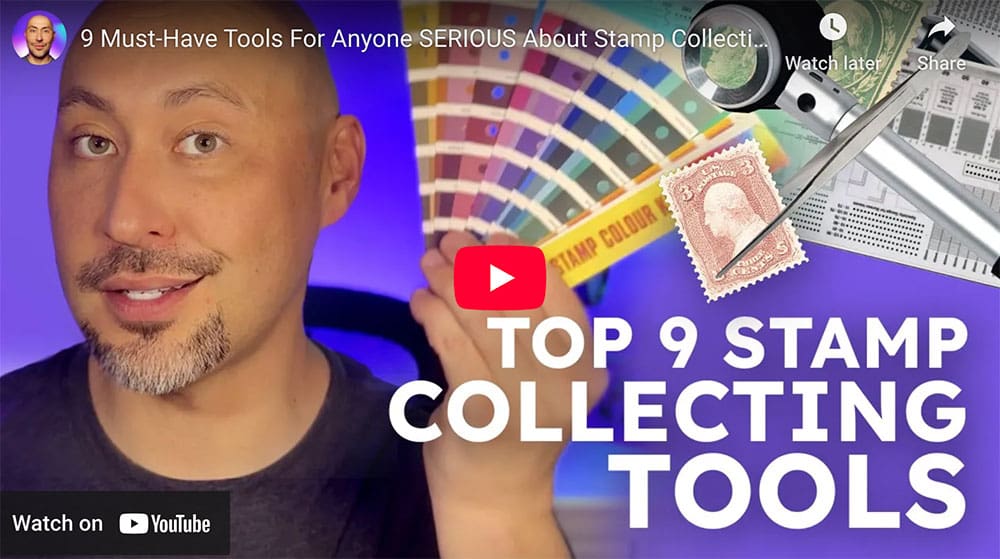
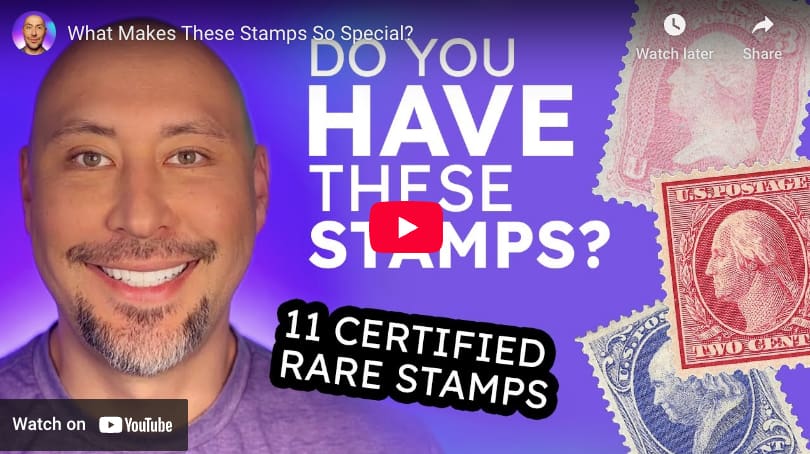
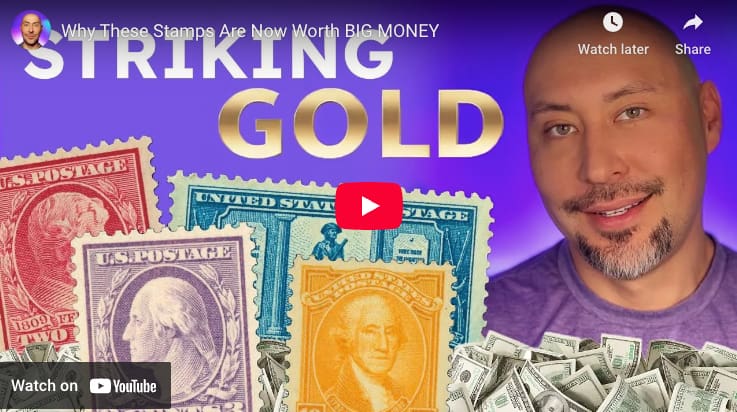
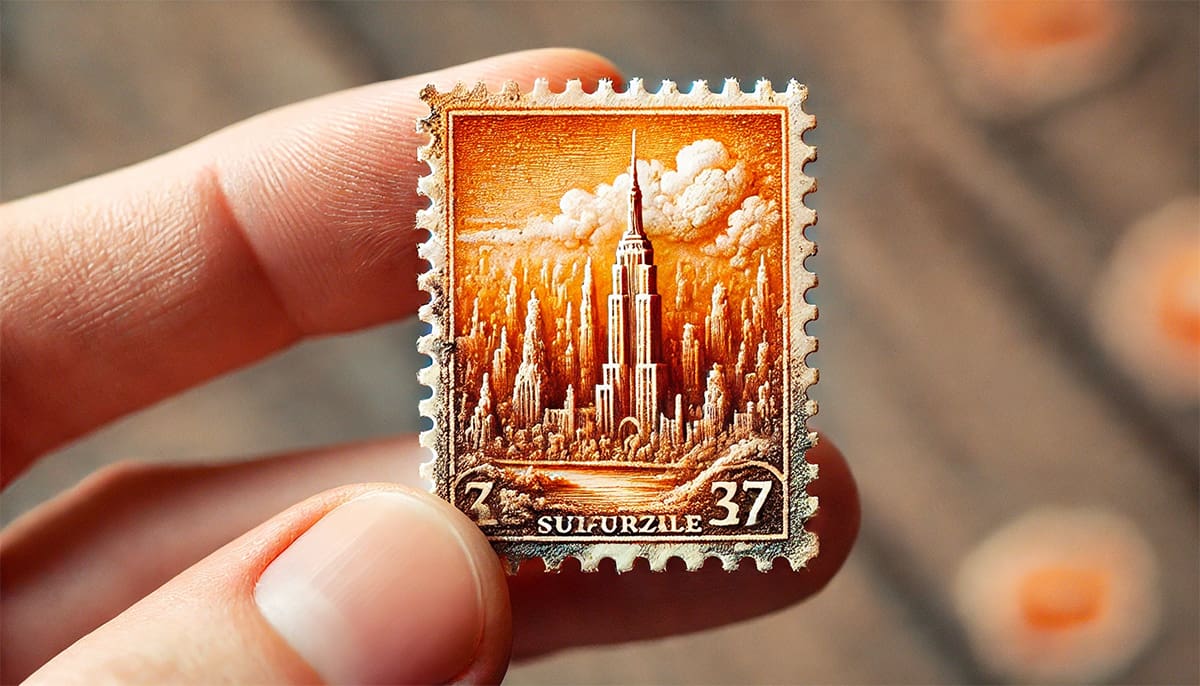

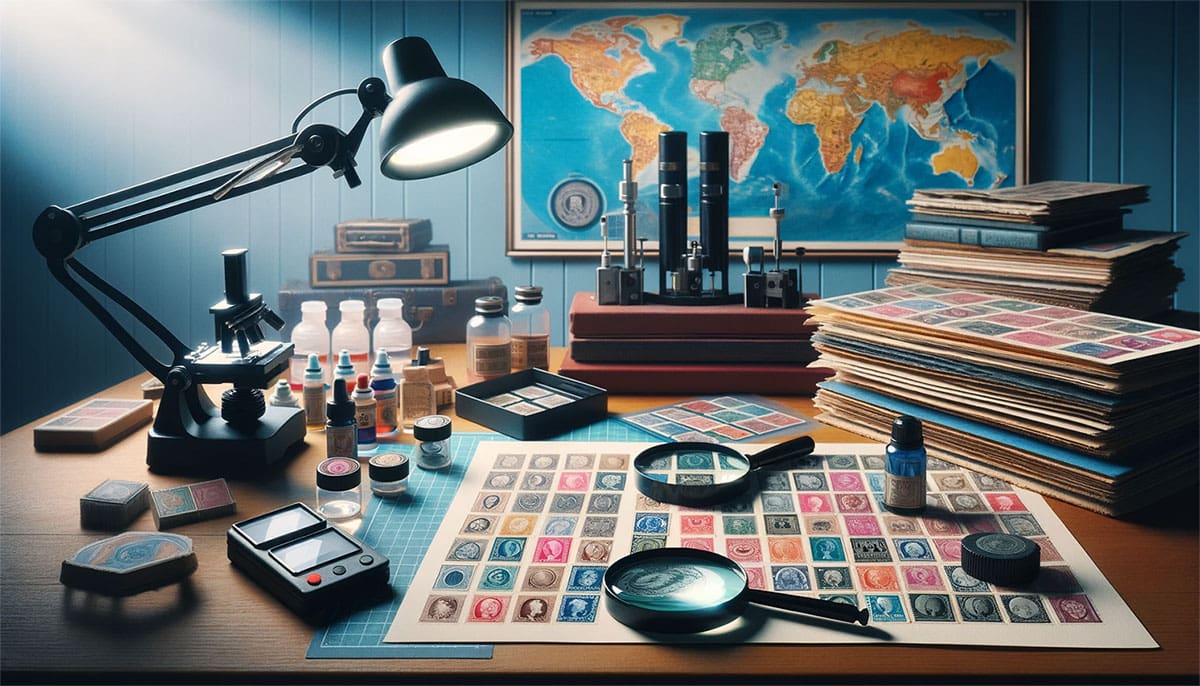

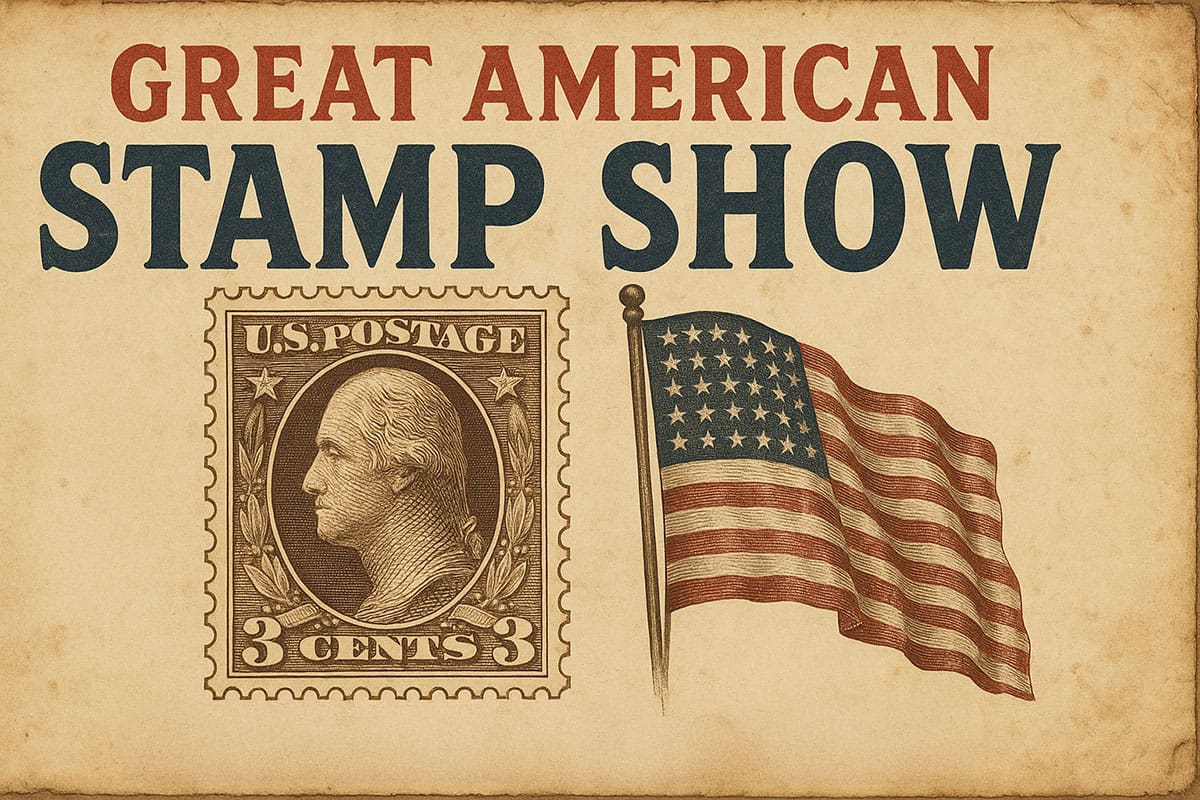

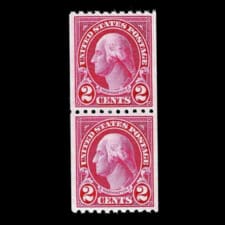
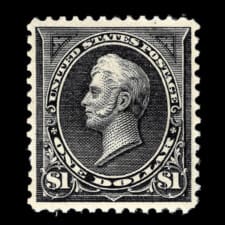

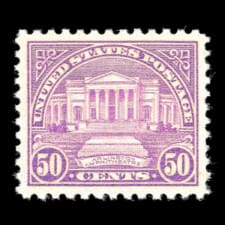
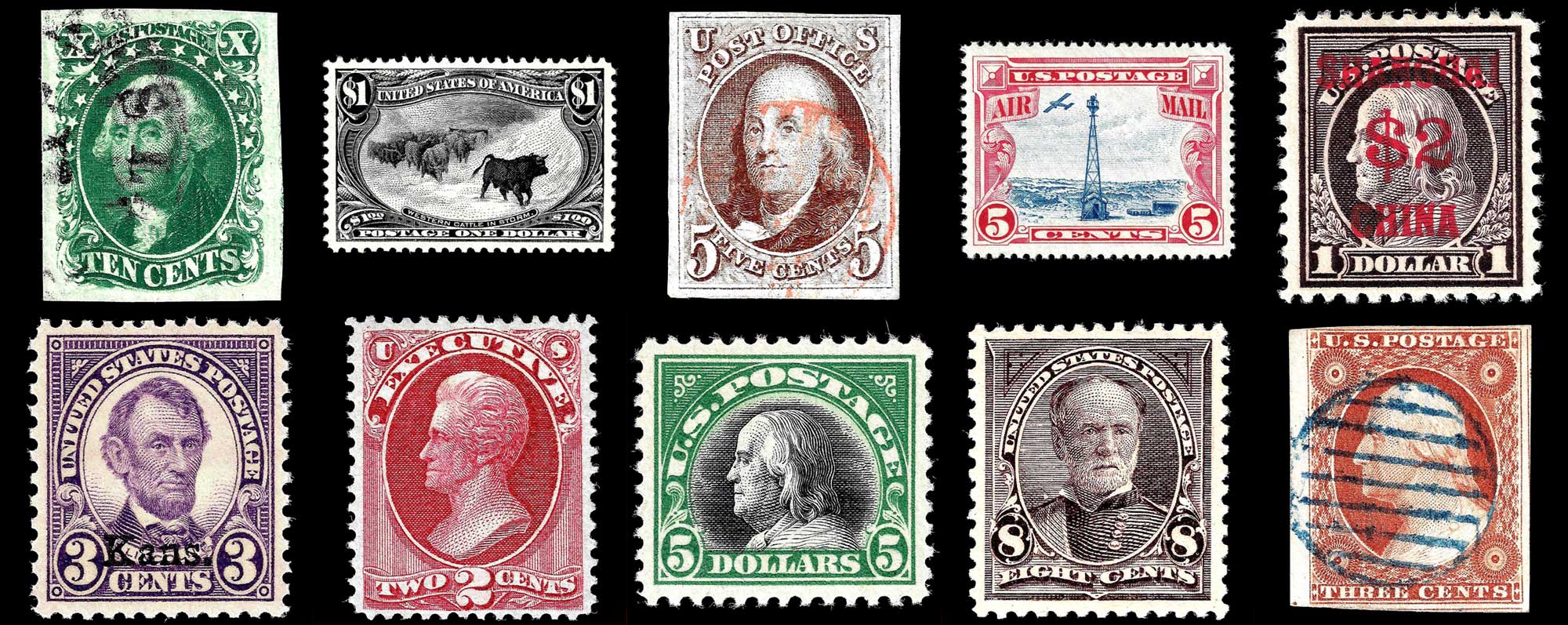
Ask A Question Or Leave A Comment